|
|
Science Highlights
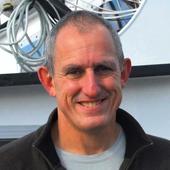
Updates From the Director
This year we started a new communications campaign—regular blogs from our Director Jon Hare to share with you important news and schedule updates. Last week’s focus was on the spring bottom trawl and on North Atlantic right whales. Stay tuned!
|
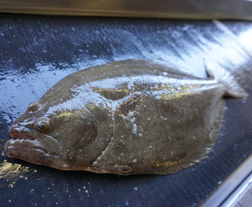
Summer Flounder Not Overfished 2018
In 2018 we conducted a year-long benchmark assessment for the summer flounder stock. This collaborative assessment process involved participants from the Mid-Atlantic Fishery Management Council, state agencies, the fishing industry and academia, who worked with our scientists to evaluate data from research surveys, recreational fisheries, and commercial fisheries. The assessment results indicate that summer flounder are not overfished and overfishing is not occurring.
|
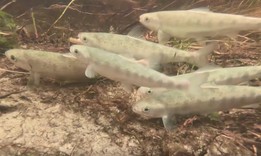
Scientists Track Fish With Transmitters
2019 is International Year of the Salmon—so let’s talk about this iconic fish in our region. In this 3-minute video, our scientists carefully implant acoustic transmitters on juvenile Atlantic salmon. These devices help us track the fish as they travel from the upper reaches of the Narraguagus River in Maine, through the estuary, and to the ocean. This information is key to better understanding the migration of endangered Atlantic salmon—information needed to help protect the species.
|
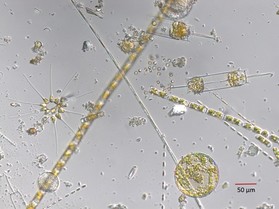
The Spring Bloom Awakens the Waters of Long Island Sound
While spring still seems a long way off, recently the waters of Long Island Sound awoke with new life. The spring bloom has begun—an ecologically important annual occurrence in the temperate North Atlantic Ocean, sub-polar regions, and coastal waters. Phytoplankton are the base of most aquatic food webs, and the bloom is a relatively brief pulse that fuels much of the productivity of temperate marine ecosystems. So much depends on mighty phytoplankton, single-celled organisms too tiny to see with the naked eye!
|
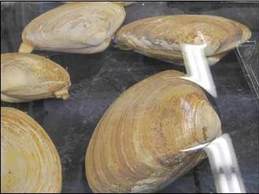
How Will Ocean Acidification Impact the Shellfish We Eat?
Scientists at our Milford Lab are examining the resilience of commercially-important shellfish—oysters, mussels, clams, and scallops—to ocean acidification. We are working with Rutgers University to calibrate a model that describes the energy budgets of oysters and surfclams under ocean acidification conditions. We will also be working with Mook Sea Farms and the University of Maine over the summer to validate that model using juvenile oysters in an upweller. This collaborative work will advance our understanding of how ocean acidification affects each life stage of commercially important shellfish.
|
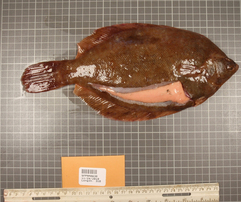
Cooperative Research Enhanced Biosampling
The size and age at which fish mature and how many eggs they can produce, are critical pieces of information on reproduction that our scientists need in a stock assessment. In addition to samples taken on research cruises and from landed catch, we are working with the fishing industry in other ways to increase the number of reproductive samples from more areas and seasons. This helps strengthen the data we have on this critical part of a fish’s life history. Industry-based projects, including our Study Fleet and Cooperative Gulf of Maine Longline Survey, have provided more than 20,000 additional fish samples. We’re gearing up for the 2019 Gulf of Maine longline survey now, and you can learn more about what makes the Study Fleet tick from one of our scientists.
|
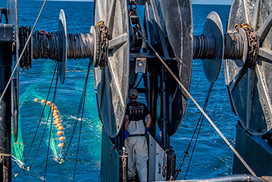
Improving our Bottom Trawl Surveys
Our fisheries research surveys are crucial to understanding the overall status of our fishery stocks and predicting how these may change over time. We value the expertise of industry and other stakeholders, and are always looking for ways to improve how we do our science. This is why we are active members of the Northeast Trawl Advisory Panel, an industry advisory panel charged with making recommendation about how we perform our bottom trawl surveys.
|

There May Not be a Single West Indies Population of Humpback Whales
Humpback whales that feed in the North Atlantic travel south in the winter to breed in the Caribbean. The entire West Indies chain from Cuba and the Turks and Caicos to Venezuela is widely treated as a single population. A closer look at the poorly studied region in the southeastern Caribbean (Antigua to Trinidad and Tobago) has revealed some important differences between these whales and those found further west off the Dominican Republic. The humpbacks in the southeastern Caribbean were more likely to be from eastern North Atlantic feeding grounds, and arrive/depart about six weeks later than the humpbacks around the Dominican Republic. These results suggest that there may not be a single West Indies humpback population.
|

Training Fisheries Monitors
Our Northeast Fisheries Observer Program collaborates on several academic and mentoring programs with Bristol Community College in Fall River, Massachusetts. This relationship began in 2010 with the establishment of a Commercial Fishing At-Sea Monitor Certificate funded with a National Science Foundation grant. The purpose of the program is to educate those interested in commercial fisheries monitoring. Approximately 20 students have participated in the certificate program and a several have worked for NOAA Fisheries as at-sea monitors.
|
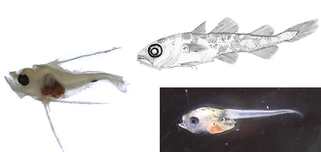
Scientists Can Also Be Artists
Larval ichthyologists, scientists who study baby fish, use many guides to help them to identify larval fish. Larval fish are caught during our plankton surveys, and are later photographed with special microscopes. Scientists at our Oceans and Climate branch assist with keeping the guides current by providing these photos as well as illustrations. Scientific illustrators can combine many images of a fish to create a drawing of a perfect larvae, highlighting important details like fin ray counts and pigment patterns. Photographs of preserved fish give the scientist an accurate idea of what the fish in their sample will look like, and images of live larvae show their true colors.
|

Unfolding the Atlantic Salmon Mystery
Our scientists are working with fishermen in Greenland to solve an important puzzle—the migration of Atlantic salmon. Researchers have a “big picture” understanding of where they go (from rivers to the Labrador Sea to Greenland and back) but don’t know the details. Endangered Atlantic salmon in the Gulf of Maine are the focus of an intensive research effort. Once common in many rivers and streams in the Northeast, they are now only found in a few rivers in Maine. To help recover the species we need to better understand where they go and what they do while at sea, including during their time spent around Greenland. Join us to celebrate this year’s International Year of the Salmon.
|
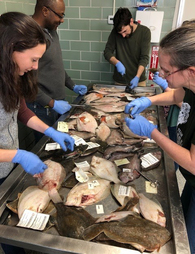
Maturity Workshop - Getting Ready for Sampling at Sea
Our Fish Reproductive Biology team held its annual fish maturity workshop ahead of the 2019 NEFSC Spring Bottom Trawl Survey, set to begin in early March. The workshop included an overview on reproductive biology of fish collected from previous year’s spring and fall bottom trawl surveys. Sex and maturity data are some of the biological information collected while at sea. Correctly identifying maturity stages is important to determine the portion of the fishery stock that is mature and capable of replenishing itself.
|
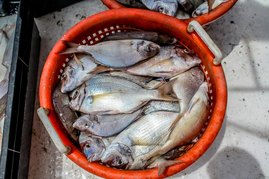
Cooperative Research Electronic (eVTR) Reporting Expansion Project
This year we plan to expand our Cooperative Research electronic reporting program (eVTR) using Fisheries Logbook Data Recording Software. This is a joint effort between our Cooperative Research Branch, Cornell Cooperative Extension, and the Gulf of Maine Research Institute (GMRI). The goal of this collaboration is to support up to 20 vessels in Southern New England and the Mid-Atlantic and 15 vessels in the Gulf of Maine. Electronic reporting allows fishermen to quickly submit information about their catch to scientists and managers. Both Cornell Cooperative Extension and GMRI are responsible for most of the outreach and training efforts. Cooperative Research staff are providing oversight, logistical support, and technical assistance.
|
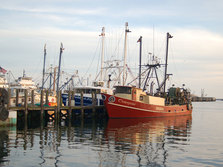
Maine Fishermen’s Forum
February 28-March 2 we will be at The Maine Fishermen’s Forum—an annual gathering of fishermen, gear suppliers, scientists, government representatives, and other stakeholders to talk about Maine’s commercial fishing industry, markets, technology, safety, and more. Follow us on Twitter and Facebook as we provide live coverage of this event.
|
|
|
|
|
|
|